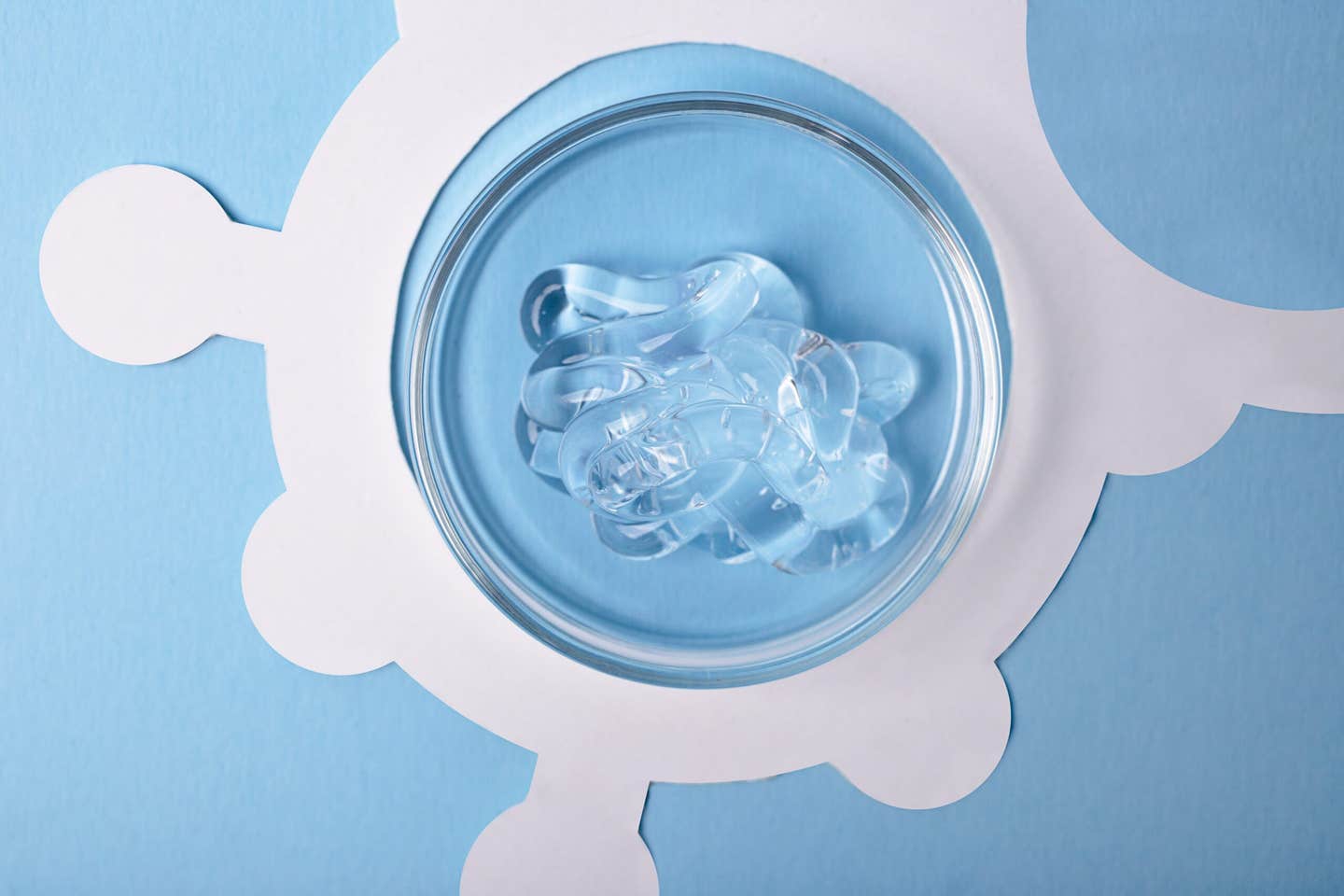Sweet science: Natural sugar derived from Stevia helps regrow lost hair
Natural sweetener stevioside boosts minoxidil absorption in a dissolving patch, offering a promising new approach to hair regrowth.

Scientists found that stevioside dramatically improves hair regrowth in lab tests. (CREDIT: Shutterstock)
Hair loss torments millions of people around the world, typically leaving behind frustration and few effective treatments. While topical minoxidil, perhaps most commonly sold in brands like Rogaine, has been a treatment mainstay for decades, it is less than perfect.
Low solubility in water and permeability through skin reduces its effectiveness. Scientists have now found a sweet solution to this problem, however—literally. A new study shows that stevioside, a natural sweetener from the Stevia plant, can help minoxidil do its job better.
Turning a Sweetener into a Scientific Tool
The researchers, led by Lifeng Kang, Ph.D., at the University of Sydney, used stevioside not as a sugar substitute but instead as an enhancer of delivery. Mixed with minoxidil in dissolving microneedles, the sweetener allowed the drug to move through the skin more efficiently. These kinds of microneedles—microscopic, pain-free patches that dissolve on the skin—administer the drug directly into inner skin layers, where hair follicles form.
The use of stevioside to facilitate the delivery of minoxidil is a promising move toward more effective and natural hair loss treatments that could help millions of people globally," Dr. Kang stated.
Androgenetic alopecia, or male- or female-pattern baldness, is the most frequent cause of hair thinning. It is driven by hormones and genetics and can start as early as the twenties. Minoxidil remains one of the few approved medications that can reverse or slow hair loss, but much of it is wasted due to its inability to penetrate the skin barrier effectively.
By turning to stevioside, researchers aimed to increase the quantity of the medication that is actually transferred to the follicles. The sweetener also acts as a solubilizing agent, allowing minoxidil to be more soluble in liquid and better able to penetrate skin.
How the Experiment Worked
To test the idea, scientists developed several formulations of microneedle patches containing different concentrations of stevioside and minoxidil. They applied them to mice with induced alopecia—essentially a controlled model of hair loss. The results were compared with standard minoxidil solutions and control patches.
In 35 days, mice that were treated with the stevioside microneedle patch averaged about 67.5% new hair growth in bald spots. Those treated with conventional minoxidil treatments had significantly less regrowth. More impressively, the amount of minoxidil that was delivered through the skin was 18 times higher when it was delivered through the stevioside patch. The treatment also moved hair follicles into the active growing, or anagen, phase—necessary to produce visible strands.
The dissolving microneedles used in this research are a new trend within drug delivery technology. Instead of using sharp or metal needles, these patches are made up of biodegradable materials that dissolve harmlessly into the skin when applied. This eliminates leftover residue and minimizes irritation, making therapy both safer and easier to apply.
The combination of stevioside and microneedle delivery solved two significant problems: it improved the solubility of the drug and enabled the evasion of the skin's natural barrier. Together, they created a system that could potentially render hair regrowth treatment more potent, quicker, and perhaps painless.
What It Means for the Future
The study offers the promise of a future where treating baldness could be as simple as applying a dissolving patch—no fluids to deal with, no daily bottles and droppers. Dealing with a natural compound like stevioside also offers a sense of comfort and familiarity, as it's been used for centuries as a food sweetener.
However, scientists caution that the results are early. The experiments were done in mice, and human skin is also different in how it takes up medication. More studies are needed to prove safety, best dosage, and long-term results in humans. Scientists also need to determine how cheaply the patches can be produced for general use.
In spite of this, the study crosses a number of scientific disciplines—pharmacology, materials science, and dermatology—and illustrates how a ubiquitous plant extract is able to be utilized to heal a chronic medical problem.
Practical Implications of the Research
Provided these results are duplicated in upcoming human trials, stevioside–minoxidil dissolving patches have the potential to transform hair loss treatment. The process may reduce side effects, improve results, and make treatment easier for patients who have challenges using liquid applications.
Aside from hair growth, this type of microneedle technology may revolutionize the delivery of other skin drugs—from psoriasis and acne medications to hormone therapy.
By converting a natural sweetener into a potent medical device, scientists have discovered a means to combine nature and technology for improved health results.
Research findings are available online in the journal Advanced Healthcare Materials.
.
Related Stories
- Groundbreaking mRNA treatment offers hair loss recovery for millions worldwide
- These U.S. states are most troubled by hair loss - here's why
- Hair loss breakthrough: Sugar gel boosts regrowth by 90 percent
Like these kind of feel good stories? Get The Brighter Side of News' newsletter.
Joseph Shavit
Science News Writer, Editor-At-Large and Publisher
Joseph Shavit, based in Los Angeles, is a seasoned science journalist, editor and co-founder of The Brighter Side of News, where he transforms complex discoveries into clear, engaging stories for general readers. With experience at major media groups like Times Mirror and Tribune, he writes with both authority and curiosity. His work spans astronomy, physics, quantum mechanics, climate change, artificial intelligence, health, and medicine. Known for linking breakthroughs to real-world markets, he highlights how research transitions into products and industries that shape daily life.



